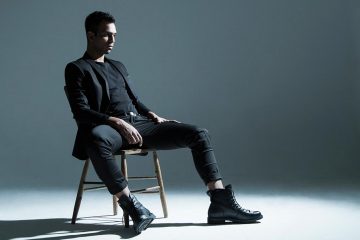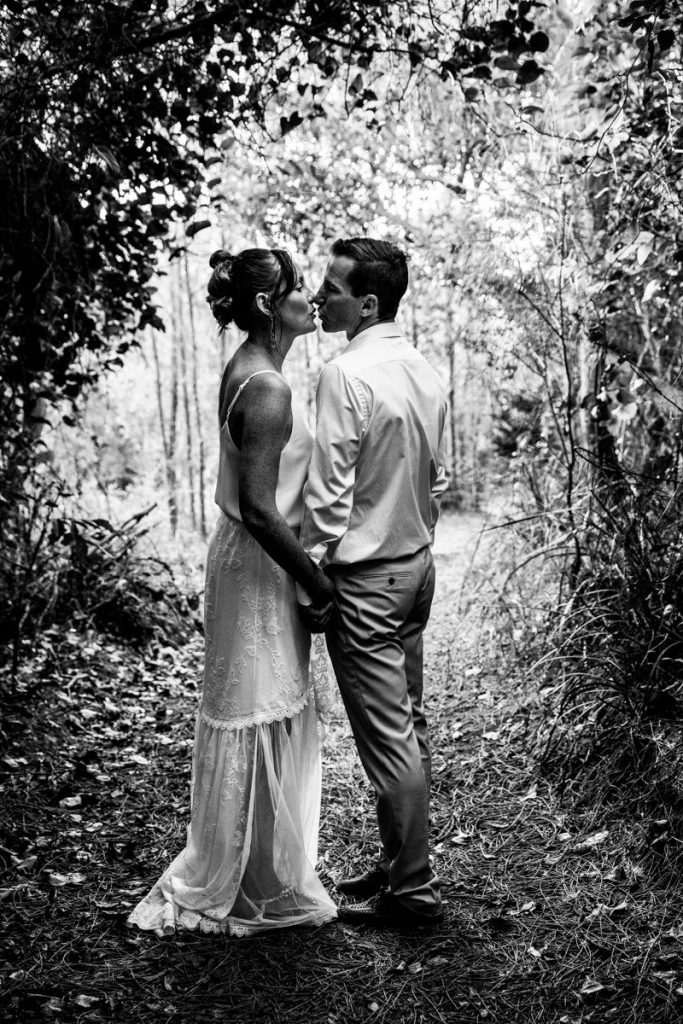The Beginner's Overview to Product Photography
If a image is worth a thousand words, a spectacular product picture deserves a thousand internet site brows through. Although I do not have data to back up that declaration (yet), product photography can be incredibly useful to your ecommerce web site approach.
To reach your target market members who prefer buying online, you also need to offer your audience clear, appealing photos of your items.
Yet product photography isn't as simple as aiming as well as firing. Also one of the most fundamental products require the proper devices, lights, as well as room to create beautiful photos that market buyers right from the acquisition web page.
6 Product Photography Tips (and Instances) for Taking Pictures That Offer
Right here are the suggestions, examples, and supplies you'll require to efficiently photograph and also market your products in a way that makes your visitors and also prospects wish to transform.
1. Do not hesitate to utilize your mobile phone's video camera.
This is the part where I'm expected to convince you to buy a premium, 50-megapixel (MP) video camera with a 100-millimeter screw-on lens. But I'm not going to do that.
If you currently possess a electronic camera that fits this description, take advantage of it. But also for several types of items, it's entirely acceptable to shoot product images on a smart device.
Newer mobile phones flaunt effective electronic camera lenses and also settings that enable you to maximize your shots for the various types of light as well as settings you might shoot in.
If you need a lot more persuading, just check out Apple's Shot On An iPhone project as well as the photos that have actually arised from it throughout the years such as this set:
2. Fire from a tripod for photo consistency.
Before discussing tripods, I'm obligated to start with a cardinal guideline: Don't prop your phone against something tough to aim your lens towards the subject.
It's simply as well easy for this makeshift setup to move around during the shoot and trigger incongruities in your images' appearance. If you rest your cam on, state, a stack of publications, just be sure this arrangement doesn't change throughout the shoot.

There's no injury in holding your cam on your own when firing just a few product pictures for your ecommerce web site. Yet as your service expands, as well as you take a lot more pictures of more items, it can be hard to standardize the product's alignment in each photo when firing handheld.

To guarantee uniformity throughout your items, you'll require a tripod. And also fortunately, getting one isn't constantly the large, industrial-sized investment it utilized to be.
Below are two types of tripods to take into consideration.
Typical vs. Flexible
This is a practice tripod-- there are traditional tripods offered for both cams and also smart devices.
A adaptable tripod can be manipulated in a variety of methods. You can flex its legs as well as put it on different surface areas to get the angle you need.
Mobile Hold
There's usually a screw on the top of your tripod which attaches to your camera to hold it in position. The bottom of most professional-grade cams has a screw opening just for this purpose, yet smartphones can use the adhering to adapter:
The adapter grips the sides of your smart device and also can screw right into either kind of tripod, allowing you to run the cam regulates with the phone screen dealing with outside as well as towards you.
Once you identify which install you'll require, set it up in front of your product, as well as consider placing 3 items of tape on the ground to mark where you wish to maintain each leg of your tripod over the course of the shoot.
3. Pick natural light or artificial light.
Never underestimate just how certain kinds of light can enhance (or hinder) your product photography. Bear in mind, purchasers get the most effective take a look at an thing face to face, where they can see every little thing they require to before investing in. The appropriate lights arrangement assists you disclose those important decision-making product functions when all website site visitors need to go on is a photo.
A solitary lights configuration may not benefit every product-- a lights setup that benefits some items might damage the look of others.
There are two types of light you can pick as your main light source: all-natural and man-made light.
Natural Light
All-natural light describes sunlight-- straightforward as that. It's likewise called "soft light" since the sun casts a larger, softer series of light than, state, a light beaming directly on the product. Ecommerce product shots thrive in natural light if:
The product is shot outside or implied to be made use of outside.
The product is made use of by, worn on, or shot with a person ( individuals tend to look much better in natural light).You're trying to highlight the product's surroundings, rather than certain features of the product.
Right here's an example of a shot using all-natural light:
Synthetic Light
Man-made light includes candles, fire, and much more commonly, light bulbs. It's additionally described as " tough light" due to the fact that it creates a smaller sized but a lot more focused light surface area. This kind of light caters to items with physical details that require to be highlighted Outdoor Photography to impress an online buyer.
As a basic guideline, stick to just one sort of light per photo-- natural or synthetic. Including natural light to an unnaturally lit photo can soften a product that's meant to look sharp, and including fabricated light to a naturally lit photo can hone a product that's meant to look soft. You do not wish to enter your own way.
4. Fill or jump your light to soften darkness.

There are 3 methods to do this:
Load Light
Consist of one more, less-intense source of light to supplement your major light. This added light is called your fill light and also is used as a counterbalance to soften the natural shadow your major light generates behind an object.
To do this, put your fill light opposite your primary light so your product sits in between both source of lights.
Flashbulb Bounce Card
A bounce card, or reflector card, is a small card that " shows" or "bounces" the main light back onto the surface area beneath your product to decrease shadows.
Some bounce cards attach to the flashbulb of a specialist electronic camera lens to diffuse the light from the video camera's flash. This card sprinkles a softer light onto the topic from above your set-- rather than right at it-- so you don't have lengthy darkness trail behind the object you're shooting.
Standalone Bounce Card
If you're shooting from a smart device, a flashbulb bounce card isn't an alternative, because you don't have a physical flash you can attach it to. Rather, make your own standalone bounce card placed opposite your major source of light.
For beginners to product photography, this bounce card can successfully change your fill light, which counters the tough light from the video camera flash or lamp that's facing toward the front of your product.
5. Utilize a move or picture mode to stress the product.
There isn't one ideal means to position your product, lights, and also jump cards-- they can alter substantially depending on your background. But do not select a background based on what's most convenient to create. Backgrounds must resemble how you want your purchasers to view your product when watching it online.
Think about first whether you would certainly like a white history or a much more dynamic, real-world history. There's an very easy method to accomplish each one.
White History: Sweep
For white histories, it's not as straightforward as setting up a table against white drywall. Even mobile phone cameras can get little imperfections on a white wall surface that you wouldn't notice with the naked eye. To record a excellent white history without corners or acnes, make use of a move.
A move is a huge flexible sheet of paper, whose lower work as the surface area underneath your product and afterwards curves up into a white wall surface behind the product.
On camera, the sweep's curve is invisible, emphasizing essential product details and also allowing the thing to have every one of a internet site site visitor's interest.
Real-World Background: Portrait Setting
Dynamic, real-world backgrounds are very enticing when capturing items that have a certain use or are being modeled by a individual-- as you saw aware of the briefcase previously in this overview.
But, it's very easy for a real-world background to swipe the focus of the photo, making it uncertain which product in the photo you're actually marketing.
Offer your product depth as well as emphasis with picture mode, a photo setup on a lot of professional electronic cameras, as well as additionally available on numerous new smart devices. This setup obscures the history so the context of the product is clear but not contending against the product itself.
Below is a extremely incredible photo of a HubSpot pen taken in picture setting on a Google Pixel 2 (I took this picture myself). You can inform the pen remains on a workdesk with a computer behind it, yet the pen is still the prime focus for viewers:
6. Fire a selection of images.
My last ecommerce photography tip to you is to not stop at one photo per product. Equally as your clients look, hold, make use of, as well as also try out merchandise in a shop, your website needs to shoot a range of pictures to imitate this extremely experience.
If you're shooting garments, for example, catch the garment of clothing alone-- that is, spread out on a white surface-- as well as on a mannequin whose color contrasts the shade of the product.
After that, for extra images, have the clothes modeled on a individual, enabling you to take images of the product from campaign photography the individual's various presents and also angles.
Product Photography Set Up
Next off, allow's summarize what we just obtained-- here's a list of fast product photography set-up pointers that you can describe and also share on your group:
• Select a video camera-- whether or not that suggests using your smart device.
• Get a tripod that benefits your video camera of choice.• Choose natural or man-made lighting-- think of which choice is best for your product as well as setting.
• Determine whether you'll fill or jump light.• Select move or portrait mode.
• Take a number of various pictures to offer your customers selection.
Get Started With Your Product Photography
Do not really feel obligated to buy every pointer as well as piece of equipment at once. Apply these product photography suggestions slowly to see what makes your shop look one of the most presentable, and also transform your approach as your photography chops get better.